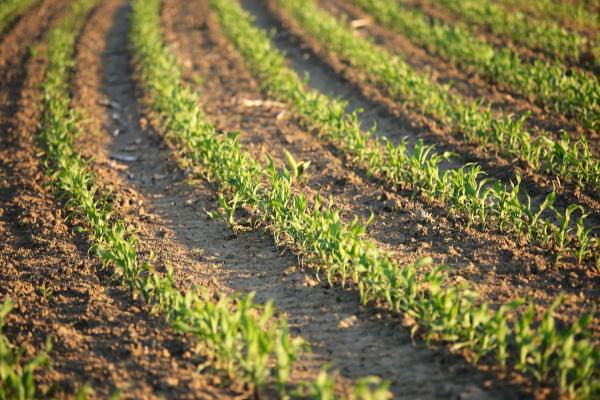Genetically modified organisms (GMOs) are created by moving a gene into a crop or animal. With this added gene, a new protein enhances the plant or animal. For instance, Bt corn has an added gene that produces a protein that is a deterrent to certain insects. A newer procedure using CRISPR-Cas9 allows for more precise editing of genes within the organism and does not require the insertion of a gene from another species. Some people prefer not to label genome-edited products as GMOs because of the negative connotations that many consumers have regarding the GMO label.
Whether we are referring to crops or livestock modified using transgenic methods (moving a gene from one species to another, i.e., GMOs) or genome-editing, the safety record of agricultural biotechnology is unblemished. Not a single illness has been attributed to the consumption of biotech food (eaten by billions of people around the planet) due to how it was enhanced.
Biotech products are regulated by USDA, FDA, and EPA, somewhat coordinated by the White House’s Office of Science and Technology Policy. When the first major crops were released in 1996, the federal agencies had good reason to be more cautious about protecting human and environmental health. However, now that we have 25 years of experience, the approval process should be streamlined to reduce the cost and amount of time for review.
Current federal review procedures are stifling smaller entities, universities, small companies, and USDA-Agricultural Research Service facilities and do little to protect human or environmental health. Until recently, of the one hundred or so approved biotech crops, only three (papaya, plum, flax) were developed by smaller entities primarily due to the expensive and time-consuming review process. Higher regulatory barriers tend to favor larger companies (Bayer, Syngenta, BASF, and Corteva) while favoring the development of major crops that are more profitable. Focusing only on the major crops keeps us from preventing the slow death of the Cavendish banana, our only banana species in mass production.
Excluding smaller entities from the marketplace through regulatory barriers reduces innovation and competition and stifles economic development. In recent years, some biotech products have been developed by smaller entities, but these are the exception. We now have a biotech potato and apple, both of which reduce food waste by slowing the darkening when sliced. The gene which produces the polyphenol oxidase enzyme, causing enzymatic browning when the cut surfaces are exposed to air, has been silenced.
Streamlining The Regulatory Process
It may be an interesting exercise to audit all past regulatory reviews to determine what hazardous biotech crops were identified by the regulatory review. Is it possible that the only hazard crops identified were those that moved the gene coding for an allergen into a crop that did not previously contain it? If this is the case, the cost of regulatory review should be balanced with the potential risks. Economists refer to these delays as the opportunity cost for a regulation. For example, if automotive safety belts had to endure the same review process as biotech crops, millions of deaths would have occurred before the first seat belt was installed in an automobile. From 2017-2022, the estimated time for review of a new biotech crop is 16.5 years and $43 million – certainly, Federal agencies should be able to reduce review time to as little as one year while also reducing cost.
A lesser-known fact
Every approved biotech product, without exception, has been beneficial for the environment. For example, many biotech crops have reduced:
- Our usage of pesticides
- Reducing our use of more environmentally persistent pesticides
- Utilizing less toxic pesticides reducing the harm to non-target species
- Limiting soil erosion by reducing the number of times that producers need to enter the field to spray pesticides
- Reduce food waste by extending the shelf-life of a fruit
We will likely see even more significant environmental benefits from these crops through increased yields, reduced inputs, and less impact on soil, water, and air. Scientists are currently working on
- Perennial crops which only need to be planted every few years
- Crops that fix nitrogen, like legumes, to reduce the need for fertilizers
- Crops that can flourish with less irrigation
- Crops that sequester greenhouse gases
- Crops that can bioremediate contaminated soils
Many of these exciting products are already developed and, in some cases, available in grocery stores.
Biotechnology is the most exciting and productive way to reduce the impact of food production and processing on our climate. Biotechnology's potential for human health and environmental benefits will only be possible if we streamline our regulatory processes.
Opinions expressed in this article are solely the author's opinions and not of his affiliated organizations




